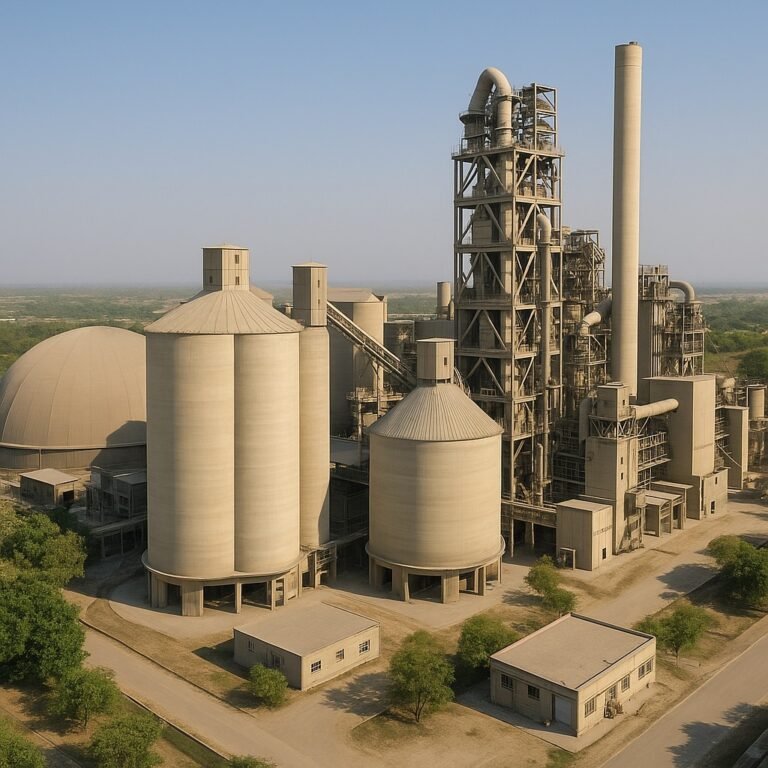
Mumbai —Public-sector railway contractors have captured investor attention like Rail Vikas Nigam Ltd (RVNL). The company has regularly reported a swelling order book, crossing ₹1 lakh crore in recent filings. But for investors, simply knowing the size of the order book is not enough. What really matters is the quality and executability of that book.
Here’s a breakdown of how to read RVNL’s order pipeline and what separates headline backlog from cash-generating projects.
EPC vs DPR/PMC: Not All Orders Are Equal
RVNL’s backlog consists of engineering-procurement-construction (EPC) contracts alongside DPR (Detailed Project Report) and PMC (Project Management Consultancy) work.
- EPC Orders: These involve full-scope rail, metro, and electrification projects, with direct revenue recognition as work progresses. EPC is execution-heavy and directly drives turnover.
- DPR/PMC: These are consulting roles where RVNL earns fees for project supervision or preparing detailed reports. Margins here are higher, but the absolute revenue scale is smaller.
Investors should track the share of executable EPC vs consulting assignments in the order book. A rising EPC share signals stronger medium-term revenue but heavier working-capital demands.
From L1 to LOA to Execution
Not all wins translate immediately into revenue. Railway and metro tenders go through a process:
- L1 Bidder: RVNL emerges as the lowest bidder.
- Letter of Award (LOA): Formal award issued after approvals.
- Contract Signing & Mobilization: Project finally enters the executable pipeline.
Investors must track the conversion rate of L1/LOA into executable orders. Delays at this stage can inflate headline backlog without improving near-term turnover.
Who’s Paying the Bills?
Most of RVNL’s clients are central PSUs, state governments, and metro corporations like DMRC. Each counterparty carries different payment cycles and risk:
- Central PSU orders (Railways, DMRC, PGCIL tie-ups) are more reliable with predictable payments.
- State-led orders may stretch receivables, especially if dependent on state budgetary support.
A healthy mix tilted towards central entities and metro corporations improves working-capital discipline. Investors should watch the counterparty concentration in quarterly disclosures.
Working-Capital Cycle: The Silent Driver
EPC-heavy order books demand large upfront working capital for materials, subcontractors, and mobilization. Investors should compare:
- Cash Flow from Operations (CFO) vs Reported PAT: Persistent gaps can signal receivable stress.
- Debtor Days: Rising debtor days = cash tied up in unpaid bills.
If RVNL’s CFO lags far behind PAT for multiple years, it suggests the company is scaling topline without equivalent cash realization.
Execution Burn Rates
Understanding execution intensity is key. Some cues:
- Metro projects: Burn rates often quoted as ₹150–200 crore/km depending on scope (civil + systems).
- Rail electrification: Execution tends to be ₹1.5–2 crore/km.
Monitoring RVNL’s reported book-to-bill ratio (order book vs annual revenue) helps assess visibility. A ratio of 3–4× is healthy. But what matters more is the executable order book % — how much of the backlog is under active construction.
Peer Comparisons
RVNL’s model sits between peers like:
- RITES — More export-led and consulting-heavy, less working-capital intensive.
- NBCC — Pure PMC/redevelopment, with higher margins but revenue recognition linked to government housing and redevelopment approvals.
Unlike these peers, RVNL is execution-heavy. This makes its backlog stickier, but also increases dependence on execution efficiency and cash discipline.
Why DMRC Matters
RVNL has a long history of metro contracts, including work with the Delhi Metro Rail Corporation (DMRC). These orders not only provide scale but also serve as references for winning new bids across other states.
- Historic Wins: Multiple DMRC phases gave RVNL credibility in tunneling, track-laying, and systems integration.
- Recent Filings: Current disclosures highlight metro and electrification as core segments of the ₹1 lakh+ crore backlog.
For investors, DMRC contracts act as a quality anchor — projects are funded, audited, and more likely to convert swiftly into revenue.
How to Read the Metrics
Here’s a quick checklist for evaluating RVNL’s order-book quality:
- Book-to-Bill Ratio: Should sustain at 3–4×.
- Executable OB %: How much of the backlog is under execution vs yet-to-start.
- Counterparty Mix: More central/PSU, less state exposure = stronger cash cycle.
- Cash Flow from Ops vs PAT: Close alignment = healthy working capital.
- Execution Burn: Revenue delivery per km (metros, electrification) in line with industry benchmarks.
Outlook
RVNL’s order-book optics are impressive, but quality, executability, and cash conversion matter more than headline size. With India pushing urban transit, metro corridors, and electrification, RVNL is well-positioned to capture growth.
But investors must read beyond the order-book headlines — watching conversion, counterparties, and cash flows — to separate sustainable growth from temporary backlog inflation.













